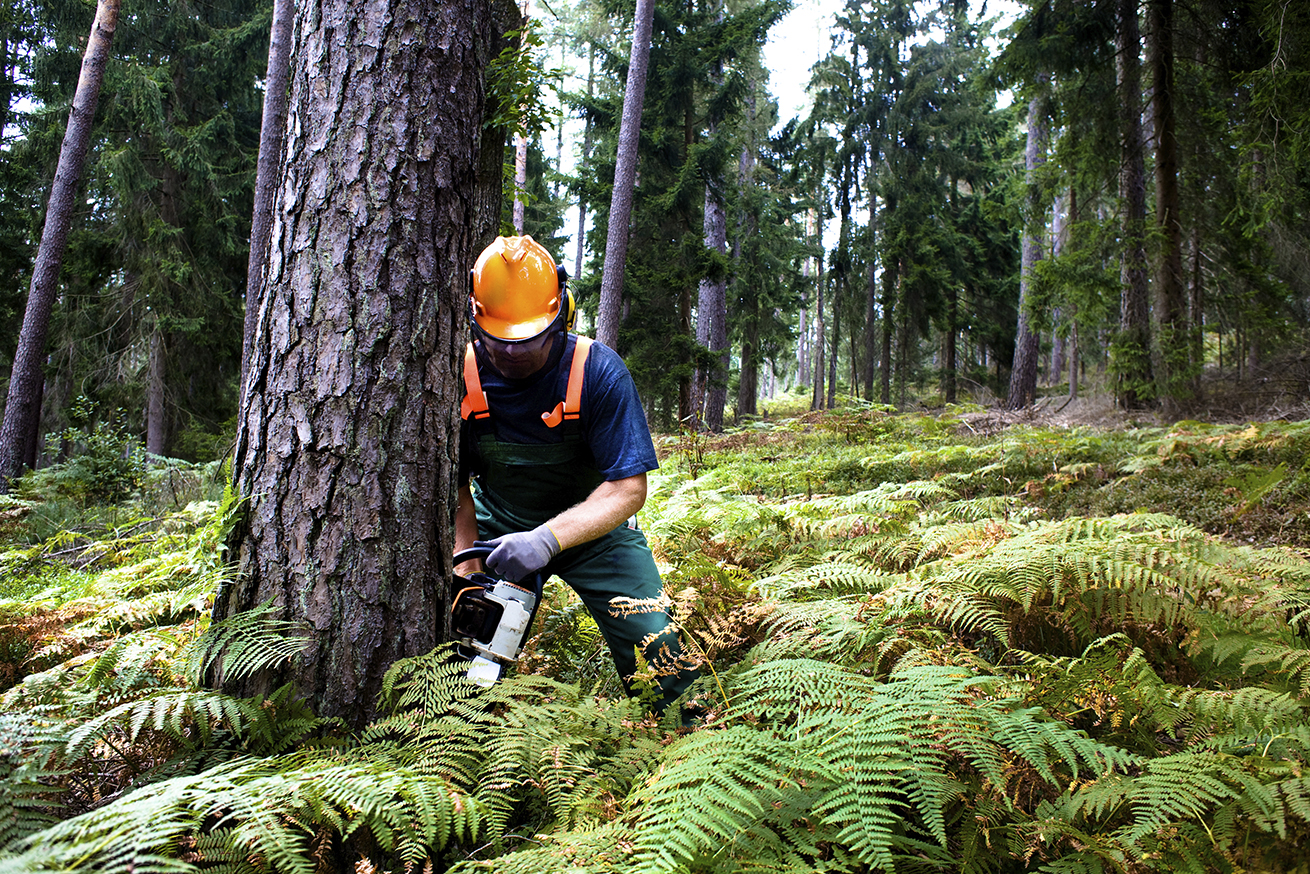Article contributed by ArborMaster
In any profession it is vital that workers be familiar with and abide by industry regulations, safety guidelines and approved work methods.
Safety, skill and productivity are essential in order to achieve successful results when working with trees. Staying up to date with best practices, tools and techniques can be a challenging task. From knowing the trees, the ropes, the climbing equipment, the rigging equipment, and of course the cutting equipment, there are many things to learn and many skills to develop.
The potential for serious injury is everywhere, especially for a person who is not wearing PPE (personal protective equipment), has little or no training and has little or no time for skill development.
Chain saw training and skill development are often overlooked and underappreciated because almost anyone can manage to get a chain saw started. Proper starting procedure is vital in getting off to the right start.
Chain saw operations
Never attempt to fell a tree alone. Always wear the appropriate personal protective equipment, which includes a hardhat, eye protection, hearing protection and approved work boots.
Leg protection, such as chaps or chain saw pants, is required when running a chain saw on the ground, and leg protection is strongly recommended when climbing with a chain saw.
Always be aware of the reaction forces caused by the chain spinning on the bar. When you cut with the bottom part of the bar, the saw tends to pull away from you. When you cut with the top of the bar, the saw tends to push back toward you. When the lower front quadrant of the chain saw bar comes in contact with the wood, the reaction force is for the bar and the chain to be pulled into the wood. When the upper front quadrant (the kickback quadrant) of the tip of the chain saw bar contacts an object, the chain saw reacts violently by causing rotational kickback.
One reaction force can lead to another. For example, the saw can be pushed back when cutting with the top of the bar exposing the kickback corner to the wood. When cutting with the bottom of the bar, the saw can be pulled forward, pulling the kickback corner into the wood — in either case, causing a kickback. Kickback occurs at a rate seven times faster than a human can react. Dodging the saw’s reaction is not an option. So, stay aware of the potential of reaction forces when you are cutting and always know where the kickback corner is.
Stand with your feet firmly planted. Always operate the chain saw with both hands on the saw. Your left hand should always be on the forward handle with your thumb wrapped around the handlebar. Keep the saw close to your body and do not get into the habit of positioning yourself directly over the chain when you are cutting, in case of an unexpected kickback. Always engage the chain brake if you must take one hand off the saw to move a limb, or when walking with a chain saw running.
Here are some other articles you might be interested in:
Tools of the trade: chain saws
The five-step felling plan

